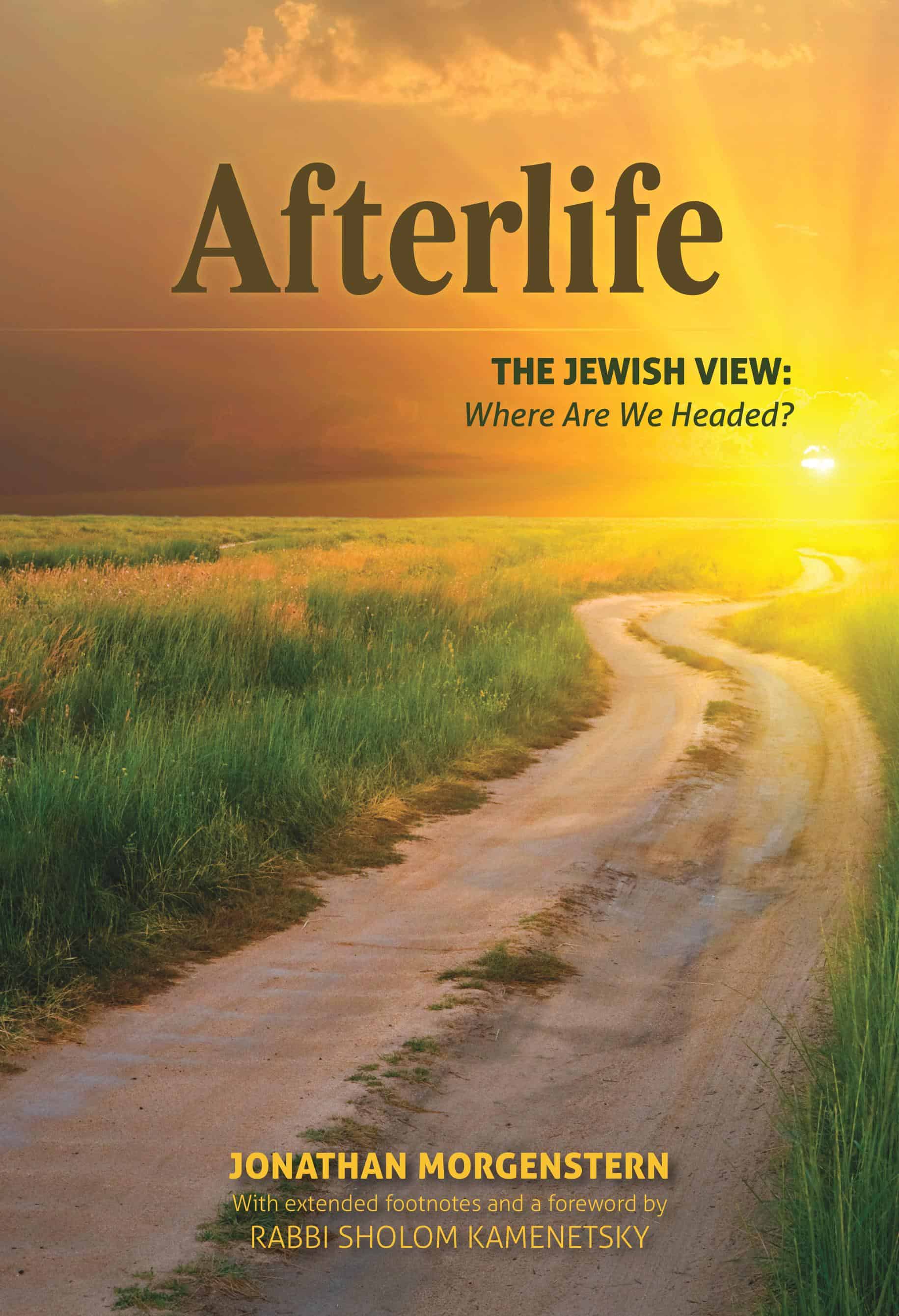

That misdemeanour lands her in the office of a psychiatrist who introduces her, in kindly fashion, to the concept of reincarnation and to the roughly opposing theory of amor fati, particularly as espoused by Nietzsche: the acceptance, or even embrace, of one's fate, and the rejection of the idea that anything could, or should, have unfolded differently.Īmor fati is tough to take, of course, if you are a drowning child, or a battered wife, or a shell-shocked young man, or a terrified mother calling for your baby in the rubble of the blitz, all of whom and more besides make up the lives captured, however fleetingly, in Life After Life. Ursula carries within her a vague, dimly apprehended sense of other, semi-lived lives, inexpressible except as impetuous actions – such as when she pushes a housemaid down the stairs to save her from a more terrible ending. Each disaster is confirmed by variations on the phrase "darkness fell", and each new beginning heralded by the tabula rasa that snow brings. Ursula's childhood is to be punctuated with such near-misses: the treacherous undertow of the Cornish sea, icy tiles during a rooftop escapade, the wildfire spread of Spanish flu. Fortunately, though, she is allowed another go at the business of coming into being in take two, Dr Fellowes makes it, cuts the cord and proceeds to his reward of a cold collation and some homemade piccalilli (it might be too fanciful to notice that even the piccalilli repeats). Ursula is stillborn, with the umbilical cord wrapped around her neck, her life unsaved for want of a pair of surgical scissors. (In fact, even this is not quite true: a brief prologue shows us Ursula in a Munich coffee shop in 1930, assassinating Hitler with her father's old service revolver.) At the start of the novel "proper", Sylvie Todd is giving birth to her third child, her situation given a fairytale atmosphere by the encroaching snow which also, alas, cuts her off from outside help in the form of Dr Fellowes or Mrs Haddock, the midwife. She begins as she means to go on, and at the very beginning. Atkinson's general rule is that things seem to get better with repetition, but this, her self-undermining novel seems to warn us, is a comfort that is by no means guaranteed, either. If this sounds like the quick route to a short book, don't worry: the narrative starts again – and again and again – but each time it takes a different course, its details sometimes radically, sometimes marginally altered, its outcome utterly unpredictable. Every time you attempt to lose yourself in the story of Ursula Todd, a child born in affluent and comparatively happy circumstances on 11 February 1910, it simply stops. |1 .K ate Atkinson's new novel is a marvel, a great big confidence trick – but one that invites the reader to take part in the deception. |a Alternative histories (Fiction) |2 lcgft |0 |a United Kingdom |x History |y 20th century |0 |v Fiction. Does Ursula's apparently infinite number of lives give her the power to save the world from its inevitable destiny? And if she can - will she? Darkly comic, startlingly poignant, and utterly original - this is Kate Atkinson at her absolute best. For as she grows, she also dies, repeatedly, in a variety of ways, while the young century marches on towards its second cataclysmic world war. On that same cold and snowy night, Ursula Todd is born, lets out a lusty wail, and embarks upon a life that will be, to say the least, unusual. She dies before she can draw her first breath. |a "What if you could live again and again, until you got it right? On a cold and snowy night in 1910, Ursula Todd is born to an English banker and his wife.

|a New York : |b Reagan Arthur Books/Little, Brown and Company, |c 2013. |a Life after life : |b a novel / |c Kate Atkinson.


 0 kommentar(er)
0 kommentar(er)
